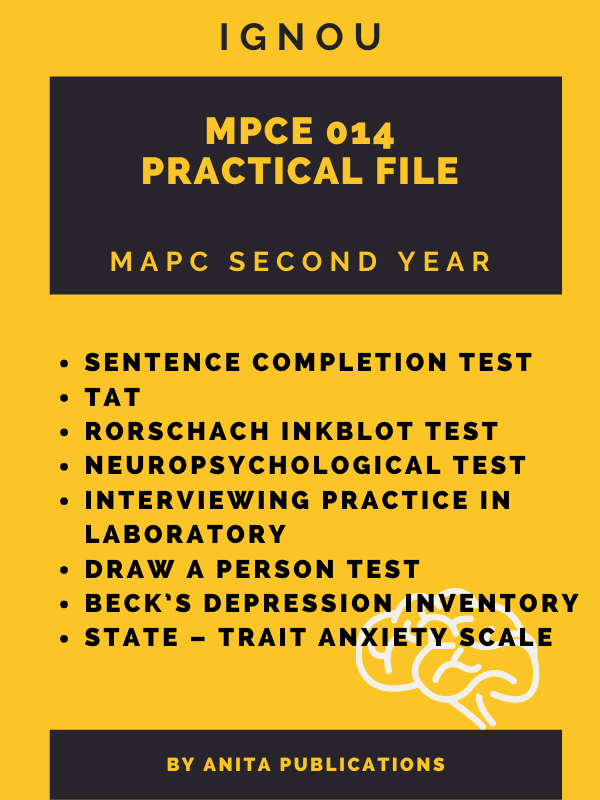The MPCE 014 Practical file for Second-Year Clinical Master’s in Psychology is an integral part of the Master’s program in Clinical Psychology. It provides students with the opportunity to conduct practical experiments and gain hands-on experience in the field of clinical psychology. This practical file is designed to help students understand the different techniques and methods used in the field of clinical psychology, and to apply the concepts learned in the classroom.
Details of Practicals in MPCE 014: Practicum in Clinical Psychology
According to the specialization you have opted for, the details of the practicals are as follows:
For Plagiarism free or Unique files Whatsapp us on 7417920742
MPCE 014: Practicum in Clinical Psychology.
The following practicals are to be conducted by the students:
- Sentence Completion Test
- TAT (Thematic Apperception Test)
- Rorschach Inkblot Test
- Neuropsychological Test (AIIMS Neuropsychological Battery)
- Interviewing Practice in Laboratory (Case Study and Mental Status Examination)
- Draw a Person Test
- Beck’s Depression Inventory
- State-Trait Anxiety Scale
Note: Out of the above, any five needs to be completed and noted down in the practical notebook. However, TAT, Rorschach Inkblot Test, Neuropsychological test, and Interviewing practice in the laboratory (case study, Mental Status Examination) are compulsory.
For Plagiarism free or Unique files Whatsapp us on 7417920742
Format for MA Second year Practical file (MPCE 014 Practical File) .
This format for making MAPC practical files has been followed by us.
• Title: This heading will contain the ‘title’ or ‘name’ of the practical e.g, 16 PF.
• Aims/ Objectives: This will basically consist of the main objectives or purpose of the
practical. For example, if you are performing a test on ‘16 PF’ then the basic objective of
the test will be: ‘To assess the personality of the subject using 16 PF’.
• Introduction: Here, the historical background of the test/ experiment is mentioned. The
concept is defined and discussed. For example, in the case of 16 PF, the historical background
of 16 PF is described. The concept of personality is defined and the theories related to it are
discussed.
• Description of the Test: Under this, the details with regard to the test are mentioned, like the author of the test, the basic purpose of the test, number of items, dimensions/ factors, time limit, reliability, validity, and scoring.
• Materials Required: The materials required for the administration of the test are mentioned.
For example, in the case of 16 PF, the test booklet, answer sheet, scoring key, pencil, and eraser.
• Participant’s Profile: This will contain all the detailed information about the participant,
like, name (optional), age, gender, educational qualification and occupation.
• Procedure and administration: The following subheadings are included here,
Preparation: The material required for the conduction of the test such as test booklet, apparatus or instrument, answer sheet, and stopwatch are kept ready.
• Rapport: You will have to mention that rapport was created with the participant and that s/he was well-informed about the details of the test.
• Instructions: Instructions, as given in the test manual, are included here.
Precautions: Precautions, if any, to be considered while administration of the test are mentioned under this subheading.
Introspective Report: After completion of the test by the participant, an introspective report is to be taken from the participant. The report will include feelings overall experience & difficulties
• Scoring and Interpretation: After the participant completes the test, the answer sheet is to be scored with the help of the scoring key and the data is to be interpreted with the help of the norms given in the manual. The scores can then be mentioned and interpreted under this heading. Any tables/figures/diagrams to be drawn in pencil on blank page with proper title and number.
• Discussion: You will discuss the result based on the interpretation. It may be further analysed in the light of the introspective report.
• Conclusion: Under this heading, you will conclude the findings of the test.
• References: The books, websites and the manual referred to by the learner are mentioned in American Psychological Association (APA) format.
References (APA style): References have to be written in APA format. These should be
alphabetically listed. For example,
Books
Anastasi, A. (1968). Psychological Testing. London: MacMillan Company.
Journal Article
Dennision, B. (1984). Bringing corporate culture to the bottomline. Organizational
Dynamics,13,22-24.
Book Chapter
Khan, A.W. (2005). Distance education for development. In: Garg, S. et.al. (Eds.) Open and distance education in global environment: Opportunities for collaboration. New Delhi:
Websites
http://www.mcb.co.uk/apmforum (accessed on 2.3.2011)
We Always get positive feedback from our Happy Clients
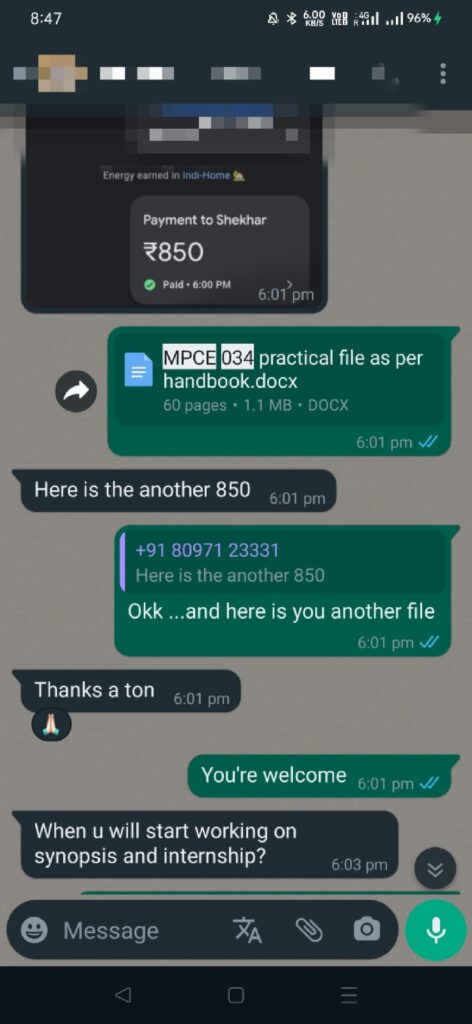
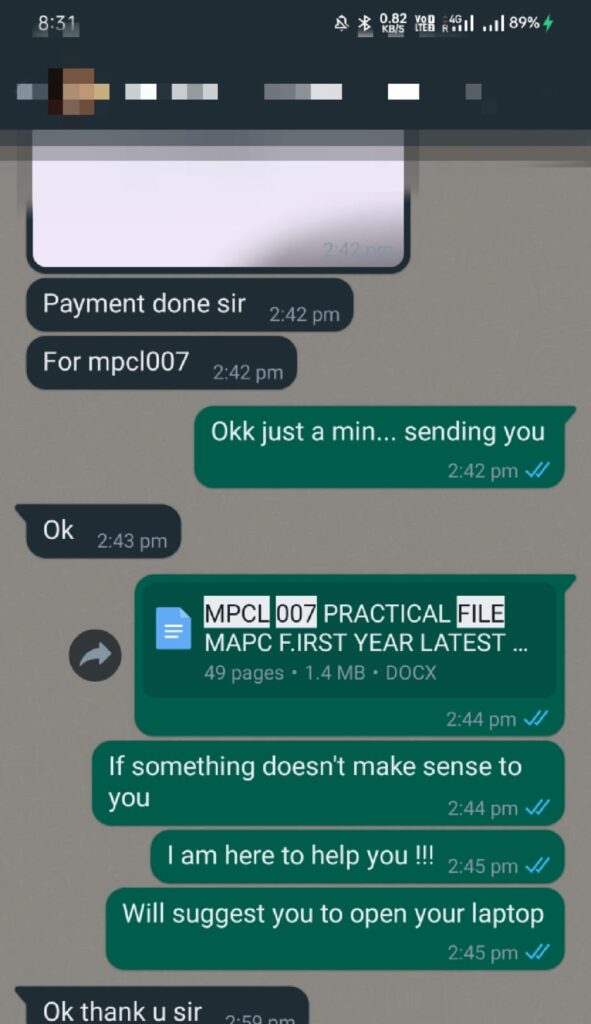

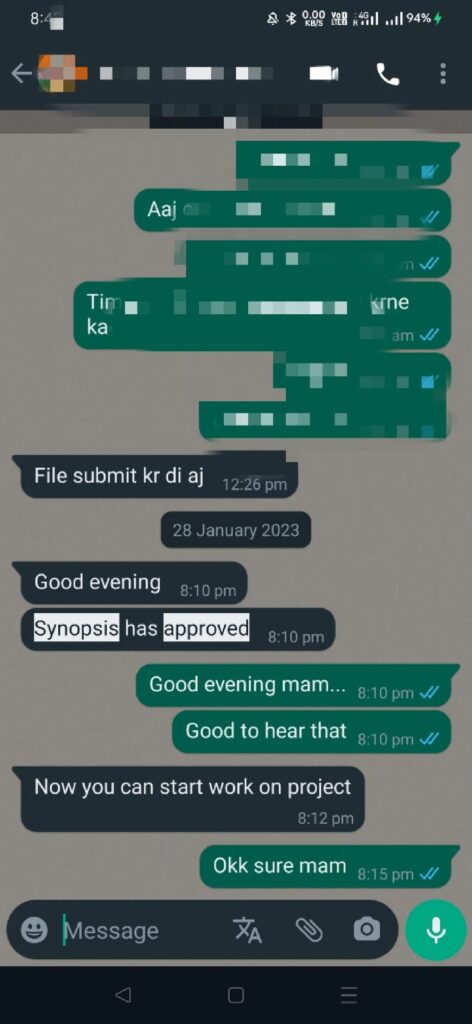


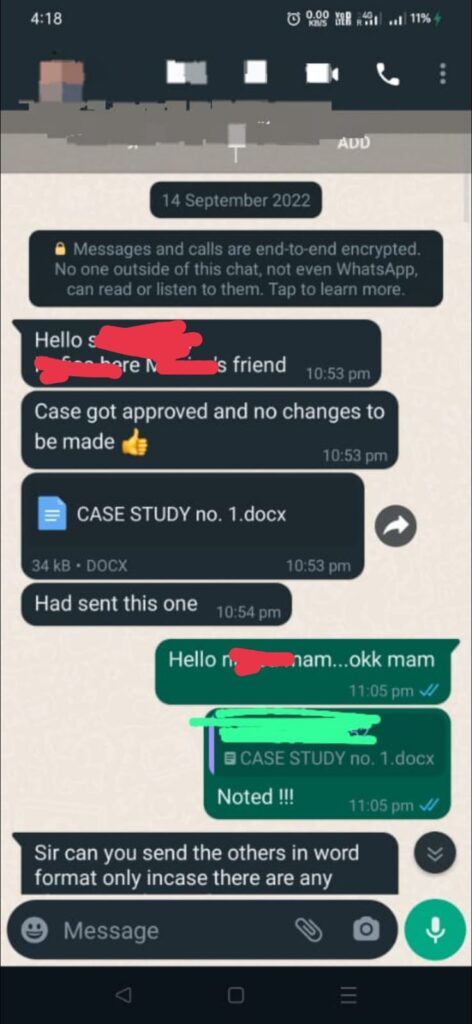
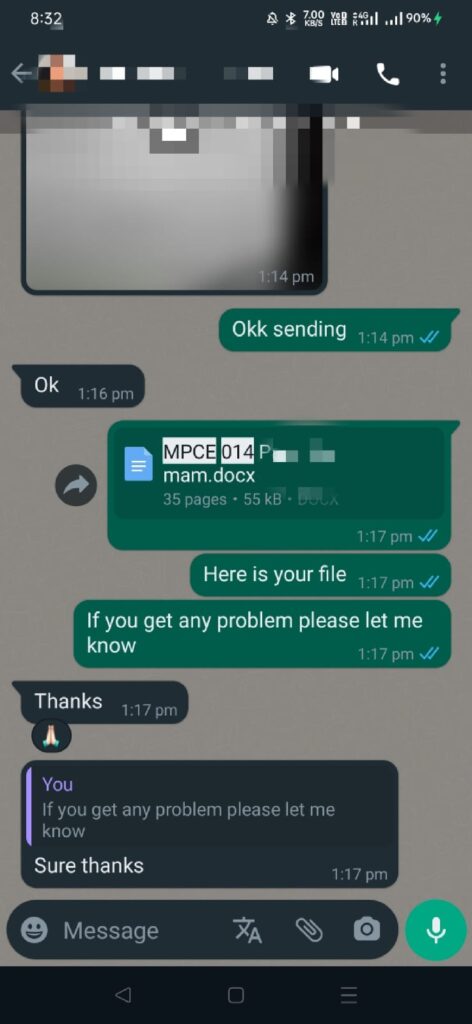
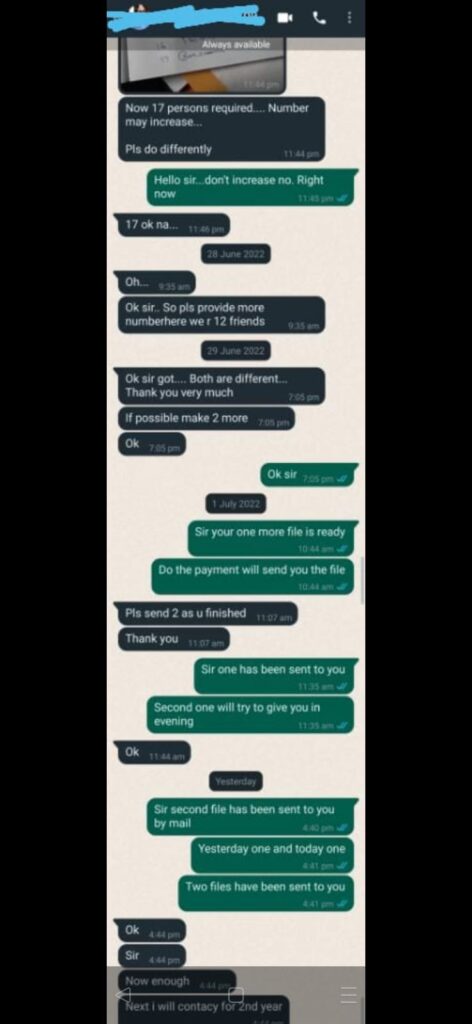

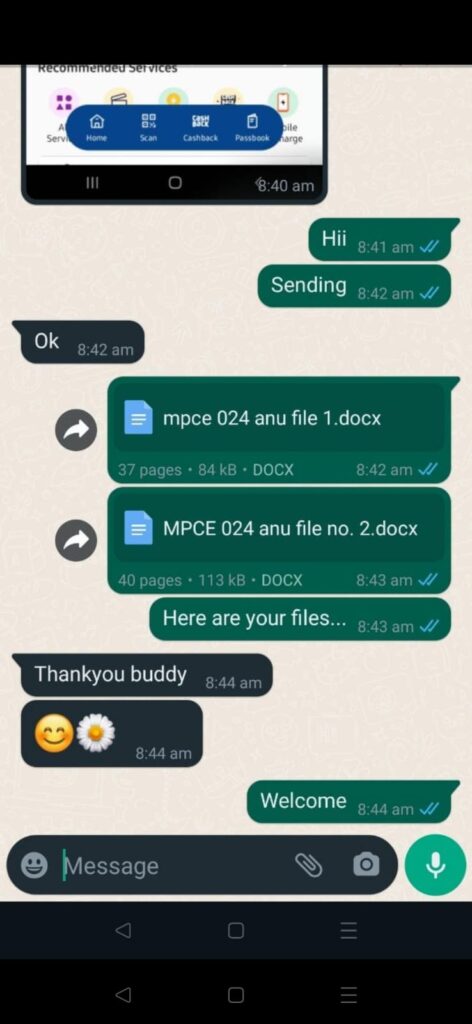
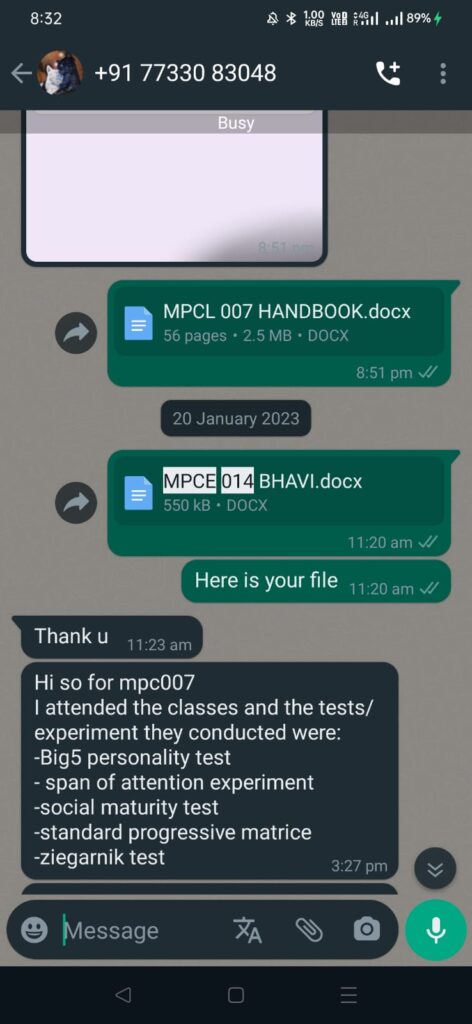
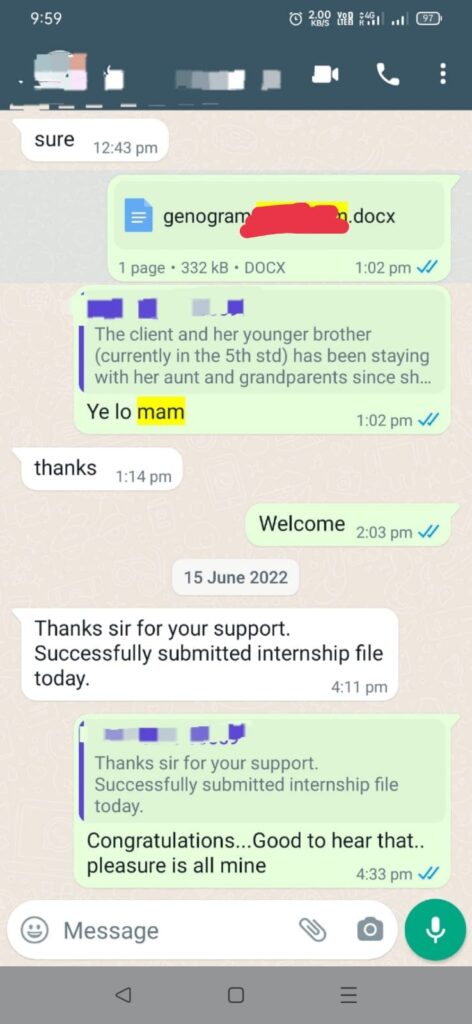
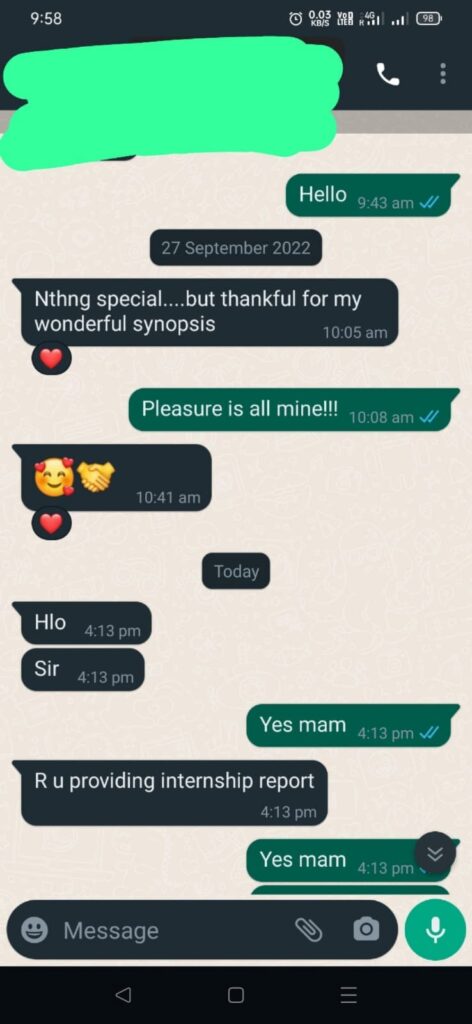
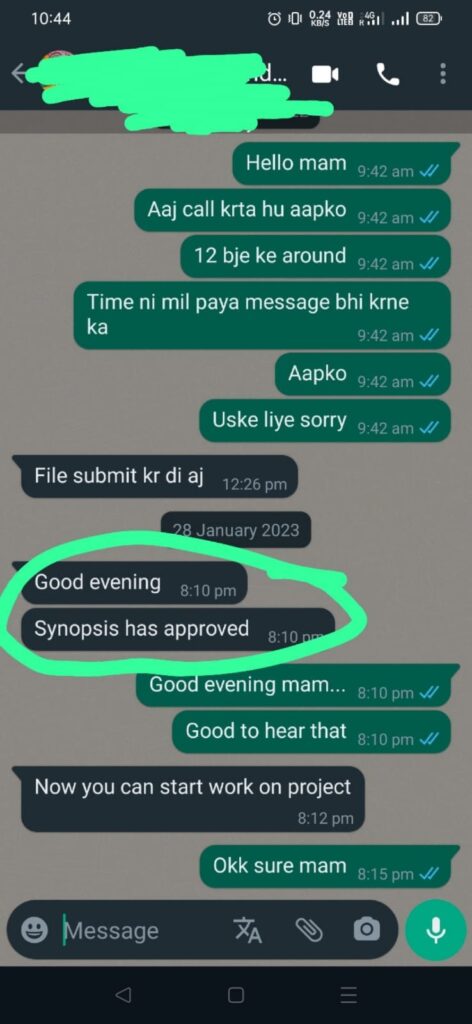

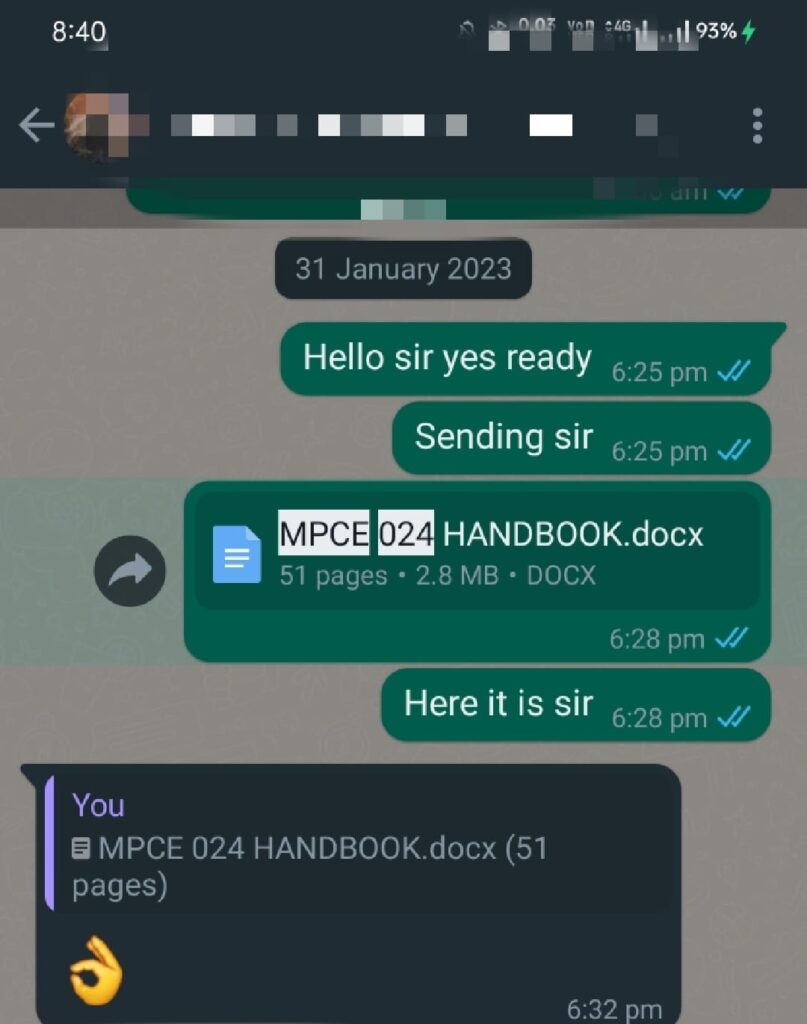
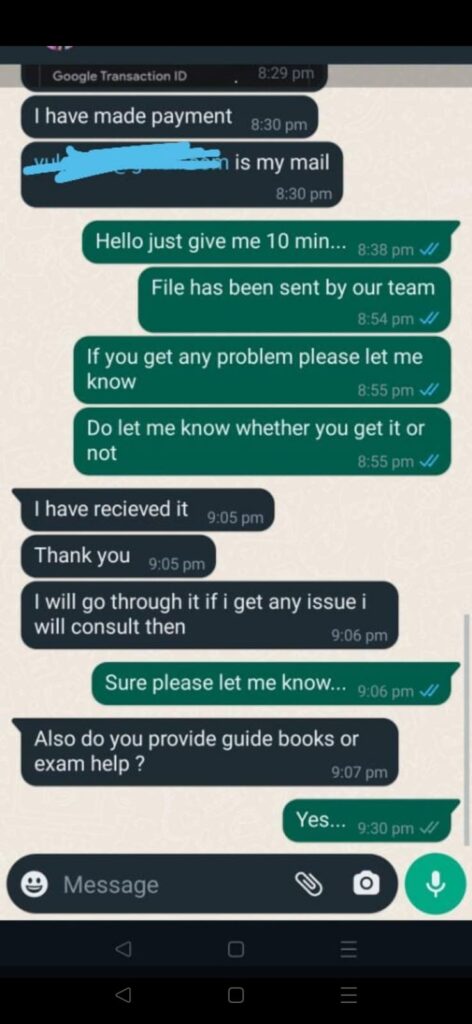
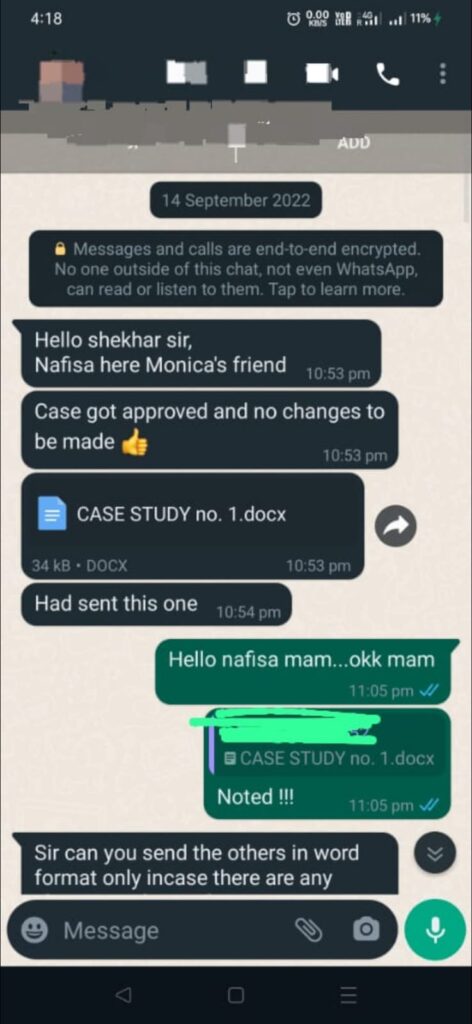
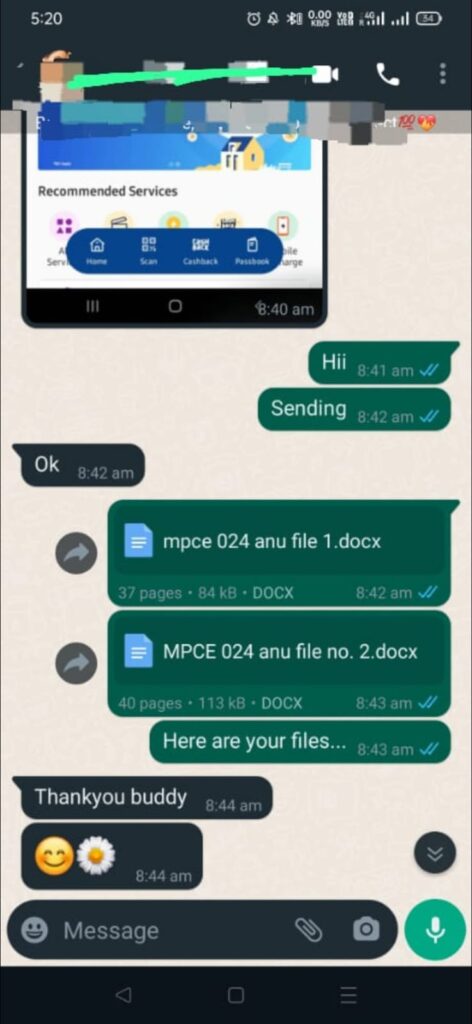

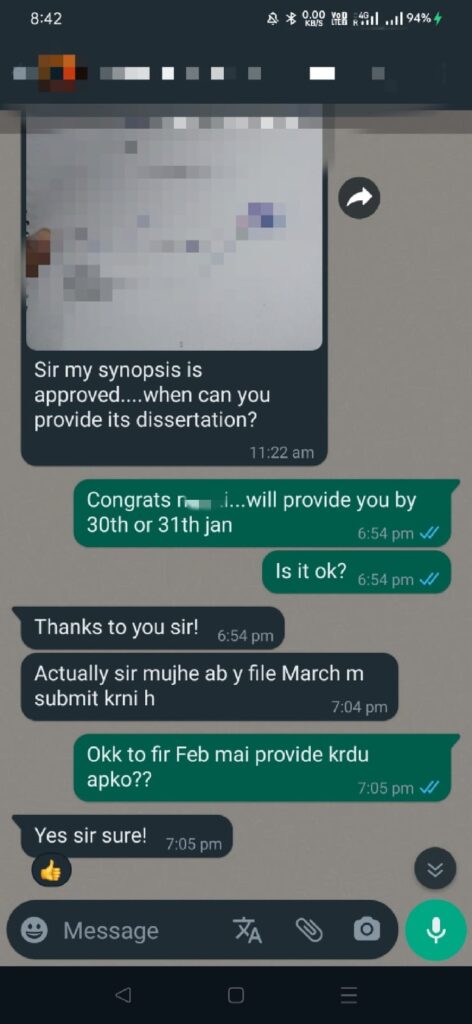
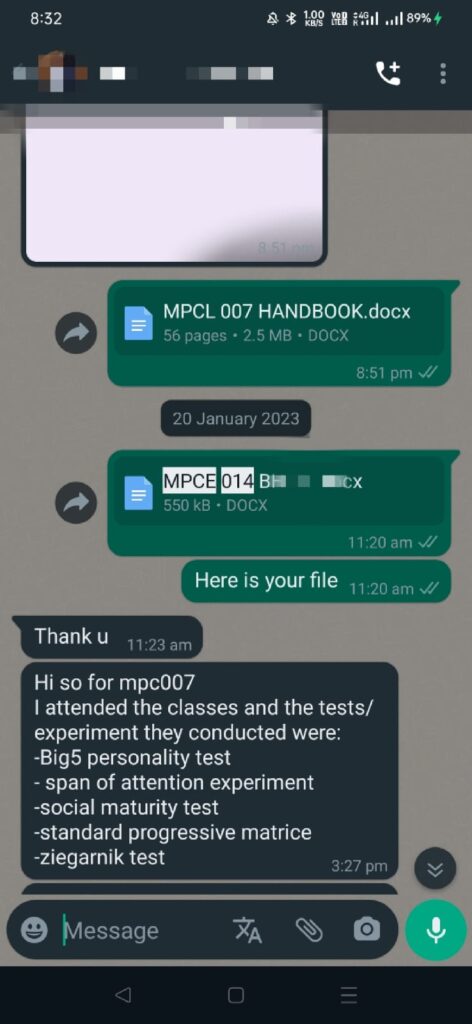
FAQs: (MPCE 014 Practical File)
Q: Where can I download the MPCE 014 Practical file for Second-Year Clinical Masters in Psychology?
A: You can download the MPCE 014 Practical file for Second-Year Clinical Master’s in Psychology from Here- Click Here

